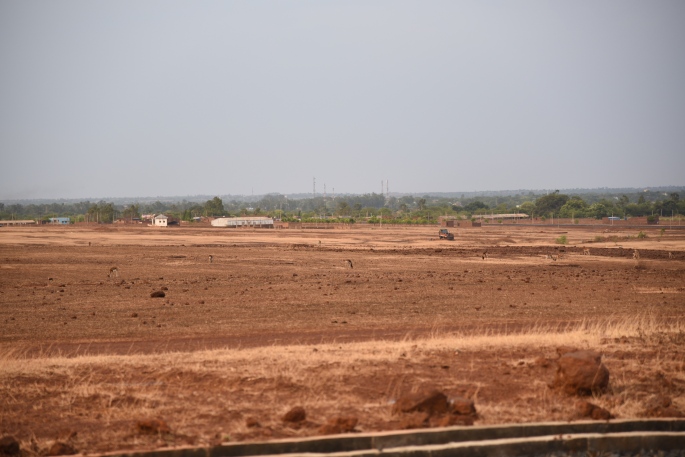
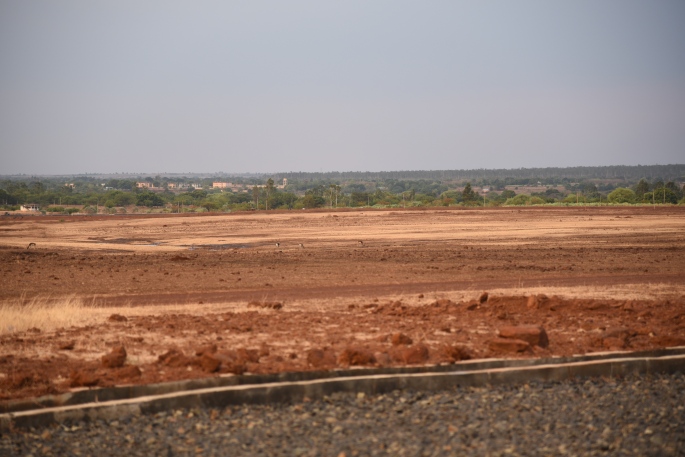
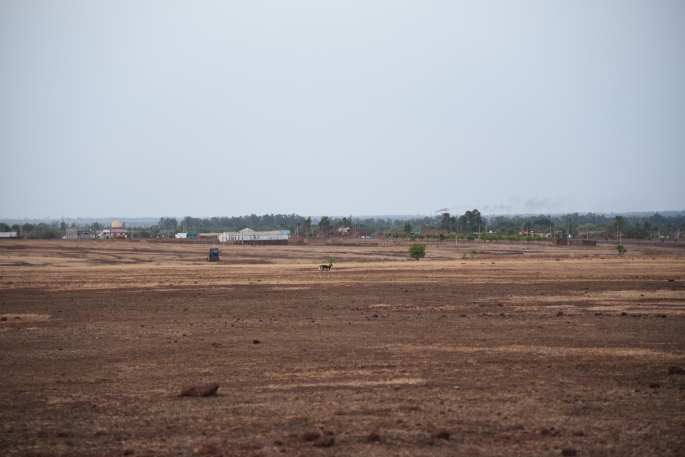
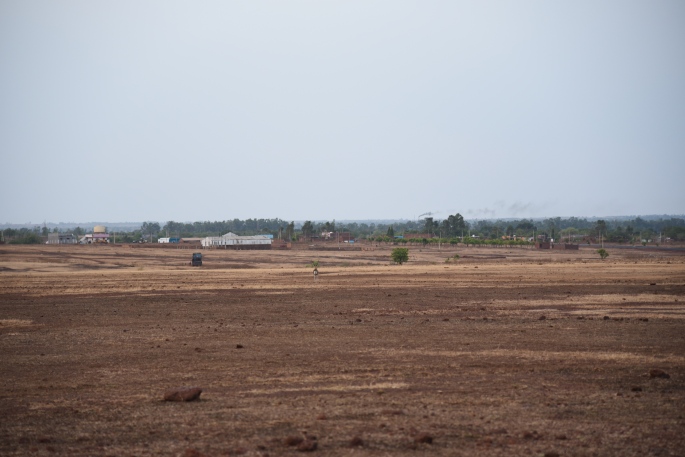
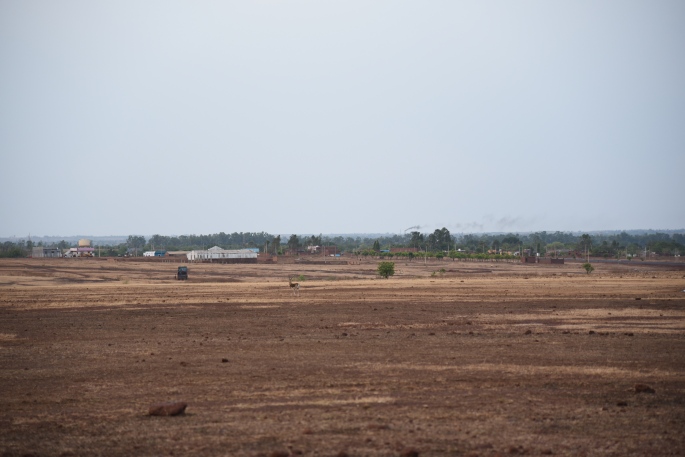
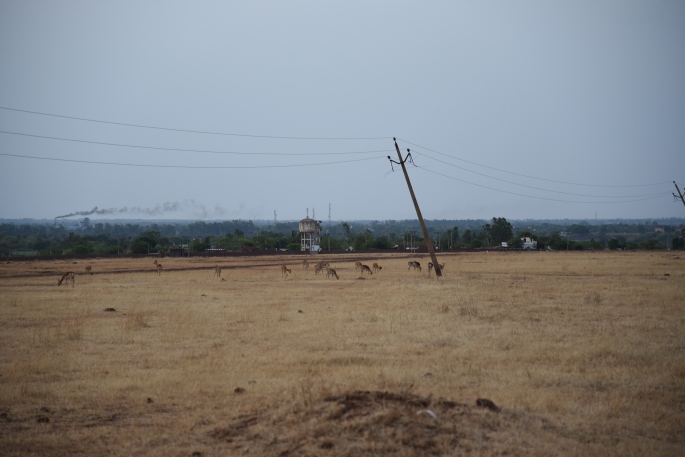
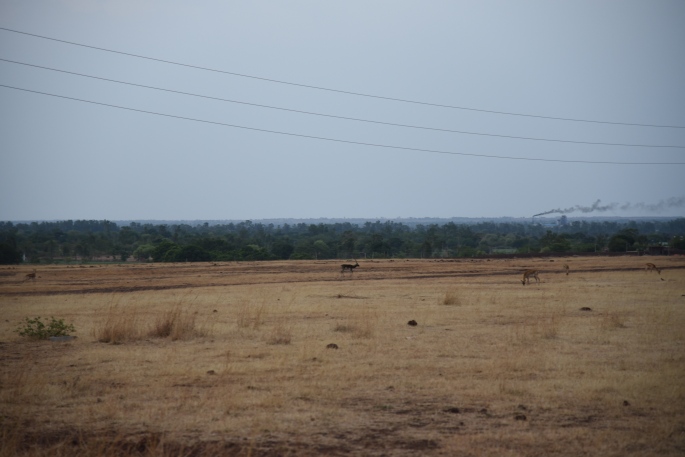
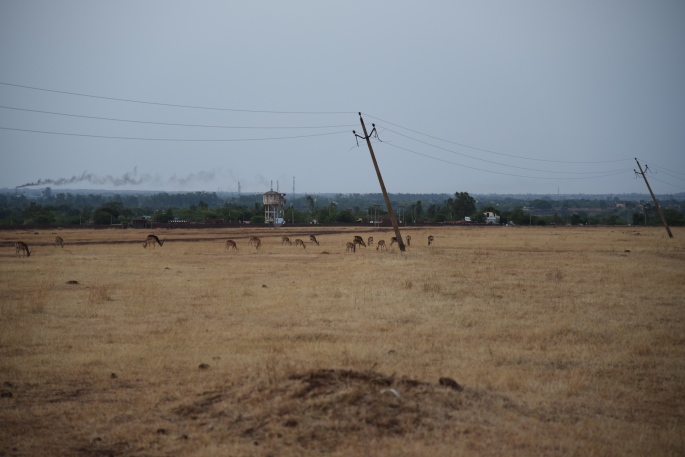
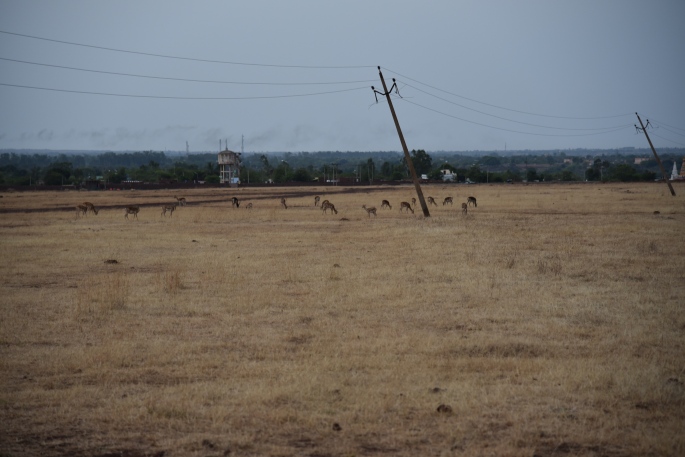
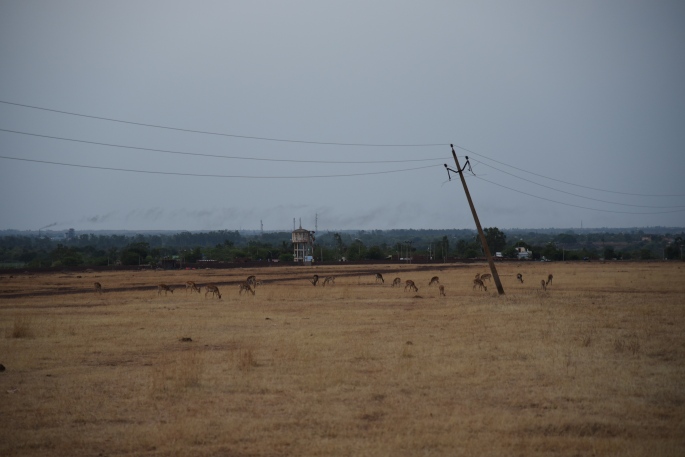
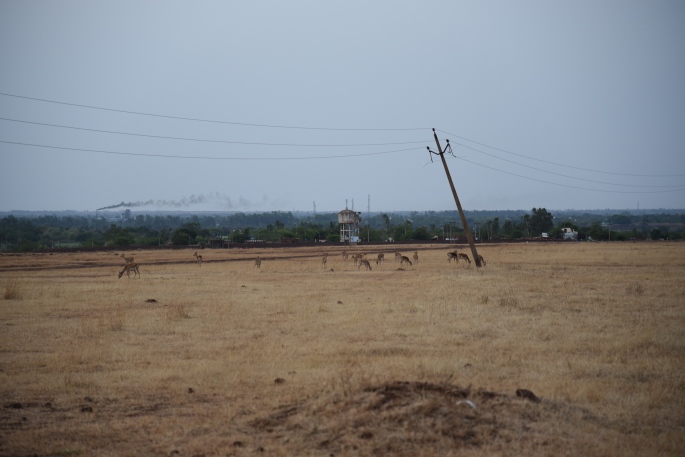
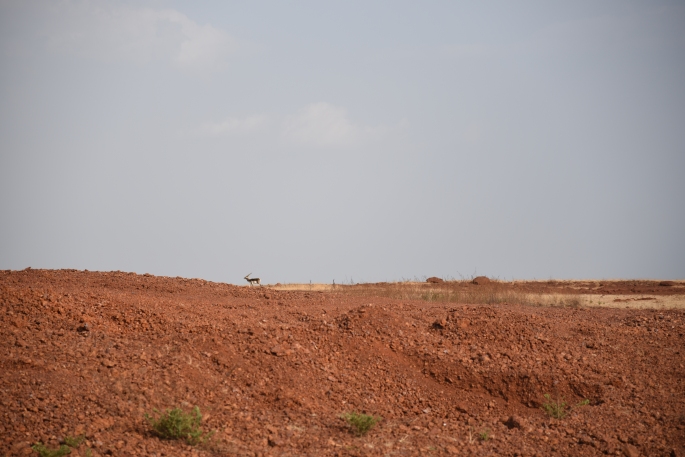
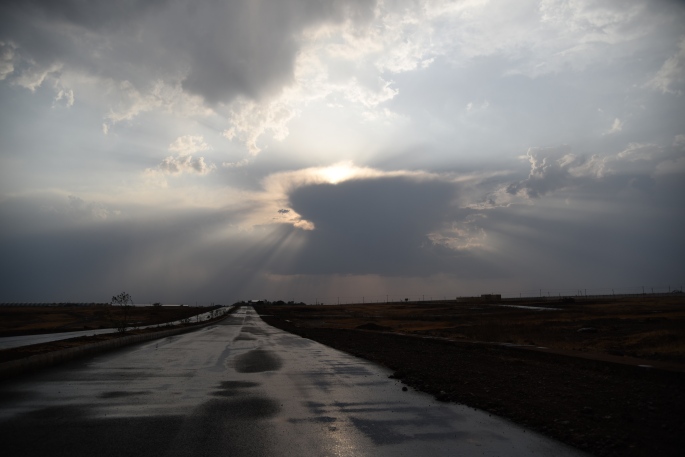
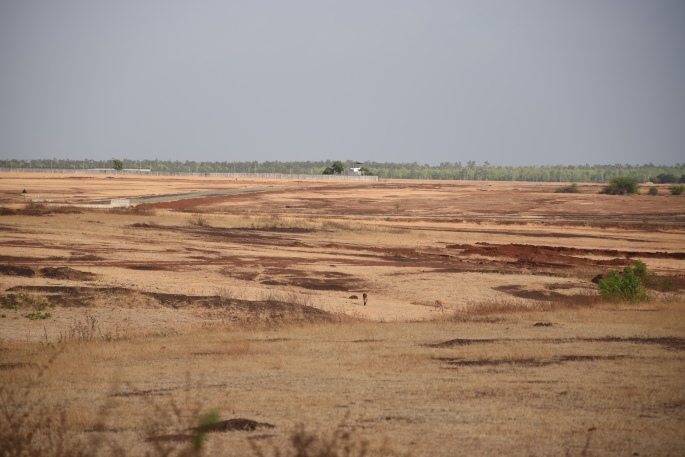
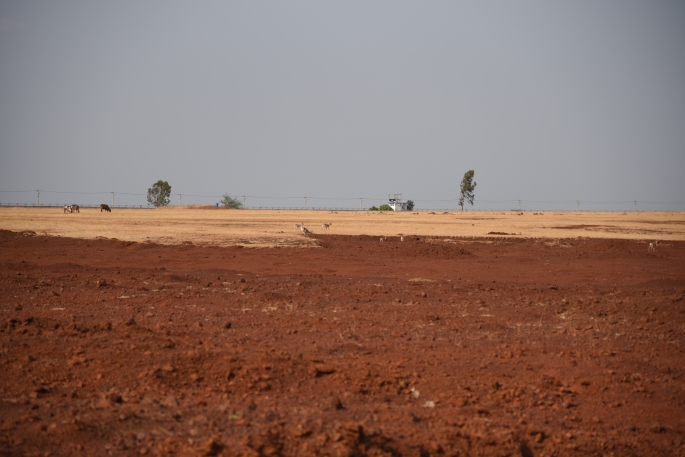
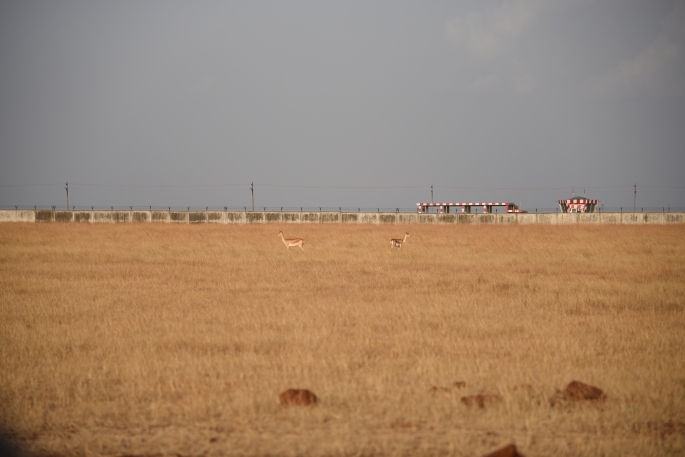
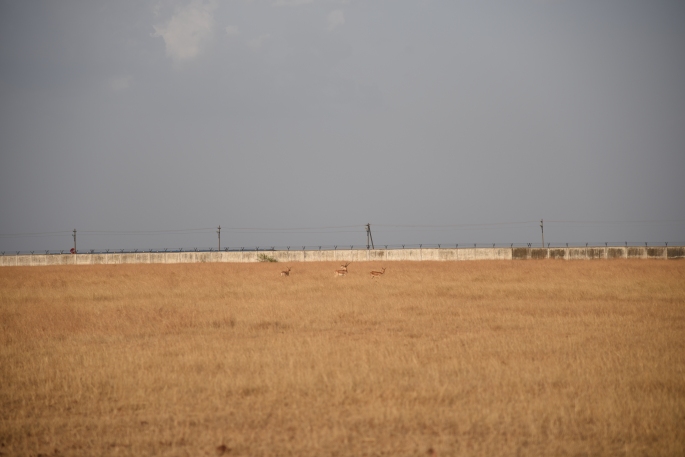 Bidar is 140 kms from the city of Hyderabad .Roughly three hours away . It is the northern most region of Karnataka bordering Telangana on the East and Maharastra on the North.The bordering districts of Bidar in Karnataka is Gulbarga in the south .
Bidar is 140 kms from the city of Hyderabad .Roughly three hours away . It is the northern most region of Karnataka bordering Telangana on the East and Maharastra on the North.The bordering districts of Bidar in Karnataka is Gulbarga in the south .
The region is at the heart of the Deccan plateau and imbibes much of its character . Black and Red soil from the plateau , Rocky terrain in places , gentle undulating topography , dust, heat and vistas of the vast never ending plains pleasing to the sight and soul of a human being.
Bidar has many things unique and interesting . It is one of the five seats of ‘sikh ‘ community the other four being Amritsar , Anandpur , Bhatinda and Patna Sahib . It has a 14th century fort and in shambles at the moment.One look at the construction of some parts would make anyone think about the beauty of the original construction . There is ‘ Bidri ’ art form of silver sketching on metal which still survives amongst art lovers and in old muslim habitats . There was a recently found aqueduct system in the rain scarce district which made news and indicated a good sense of engineering genius of the bygone area.
The thing that interested me most was an animal, yes ! one which could rival the cats in beauty and grace , outpace the cheetah in straight-line speed , leap further than any other antelope , marathon run any animal on the planet and yet – shy and introverted like none other !
I am talking of the blackbuck. My first sighting of the black buck was when I stayed at the Jungle Lodges in Bidar. The Naturalists at the resort took us on their jeep through some villages and a newly laid out Industrial Zone to finally land up behind the wall of the airforce runway. We were in a jeep with a noisy family (enough to ruin any wild life sighting).We came upon a herd of tan , white and black distinctly coloured creatures maybe even smaller than the spotted deer with majestic spiralling horns that appeared much longer than they would need. Even from a distance they looked lithe and beautiful The jeep stopped and the young boy and his mother got down to see a cluster of bucks. The herd was immediately aware of the threat and started cantering away across the sparse grasslands of the plain. while I was quick to admire the unique gallop and leap of these animals ,it was also my first lesson not to approach these creature on foot. They are sensitive and recluse . Their large ears are tuned to the wind and the 180 degree vision soulful dark eyes placed within a white patch on the sides of their sharply squarish face keeps them on their toes perennially to any sound or movement.
Blackbucks belong to the ‘antelope ‘ family .The antelopes are different from the ‘Deer’ in the composition of it ‘ horns ’ . The Deer have ‘ Antlers ’ which are shed periodically while antelopes have a permanent appendage almost like that of domestics goats, sheep or oxen.
There are four antelope species found in India – Nilgai ( blue bull) , Chinkara, Chausingha (four horned antelope) and the Blackbuck . Nilgai is a large ( approx 270 kilos) , ungainly ,low rumped animal which is considered sacred by most rural folk around its habitat and left alone generally . The Chinkara and Chausingha are much smaller but slender and graceful. All these antelopes have distinct habitats of their own and generally remain on the fringes of cultivated land with most contact with human beings . Except for the Nilgai ,all the others have been subject to trophy and game hunting in the last century . They have dwindled in numbers from thousands in certain sections or geographies to few hundreds at most, now . Out of all the indian antelopes , the blackbuck is stand out species and widely known . Two of the states Andhra Pradesh and Punjab have even adopted it as their state animal and not surprisingly have not done much for it thereafter . It is very elegant and experts have opined that the Indian Blackbuck is perhaps the loveliest and most graceful of antelopes from around the world .The splendid spiralled horns atop a body which is pure white on the belly and chest to dark brown to velvety black on the top and outside of the legs for the males .Similarly equally elegant light brown to fawn/ tan coloured for the female . The face is another delight to look at from the front – astonishing warrior painted white and black for the male . The Blackbuck’s speed and vitality is phenomenal and much documented over the years .There are writings on the Blackbuck being used in the entertainment sport of the bygone era , with cheetahs on carriages being let loose on the unsuspecting blackbucks from close quarters and people from their vantage points and vehicles watching the spectacle of the prey versus the predator as it unfolded in a majestic flash of speed. Blackbucks do not sprint straight when alarmed but instead leap vertically into the air and then gallop intermittently – this is perhaps the only reason the cheetah gets to catching one, during a hunt. Else, once onto its stride the blackbuck can gallop and leap at 20 feet (6 meters ), making it impossible for any animal on the planet to outrun them . M.Krishnan in his book ‘Jungle and Backyard’ (1961) writes – ‘Blackbucks can keep up their pace for 10 miles or more and at shorter distance known to reach 45-60 miles per hour in ground speed.The muscles of a buck are like catapult rubber and its hooves are not hard but ,elastic,its wind almost inexhaustible and its vitality amazing.’
The blackbuck is native to India and the subcontinent. It is extinct in Bangladesh. They have been introduced to other countries like Argentina and the USA, where by accounts it has grown in numbers . A rough estimate by experts put the blackbuck population in India to around 20,000 or thereabouts but it is difficult to get the correct census numbers as they are scattered.
‘ The main predators on the plains that hunt the blackbuck namely the cheetahs and the wolf has had nothing to do with its spectacular decline ’ notes author B Seshadri ‘ because cheetahs themselves became extinct forty years ago and the wolf is a very scarce animal today ’.
It is common knowledge that in the 20th century the population decline of blackbuck is purely on account of excessive hunting, deforestation,environment and habitat degradation. IUCN lists the blackbuck as ‘Near Threatened’ and in India the hunting of blackbuck is prohibited under the schedule 1 of the wildlife protection act 1972. The survival of the Blackbuck is only assured through specially created reserves in the country .The problem seems to be that most of the blackbucks are surviving outside these geographical marked realms and on the fringes of cultivated lands which was once open grasslands.They could thrive on these plains before but now, they cannot with the more lands becoming cultivable. They are now seen as encroachers and destroyer of crops and denied of its own habitat.
What is happening at Bidar is even more precarious .The vast plains in the district , where black bucks are abundant are transforming to farmlands and commercial establishments as economic activity grows . An area where blackbucks used to be sighted in plenty just behind the ‘Airforce Station’, in Bidar town has given way to a new Industrial Zone. Roads and buildings have appeared suddenly in this area and the growing infrastructure has left the bucks boxed in from all sides, with no where to go.How does an eco sensitive corridor like this one,thoughtlessly get converted to an industrial zone, is mind boggling !
With each visit of mine in the last two years , I encounter more asphalt and concrete and less and less of this reticent creature .
……..to be continued
watch our channel ‘GreenStory’ on the youtube for a report on the ‘Blackbucks of Bidar’
